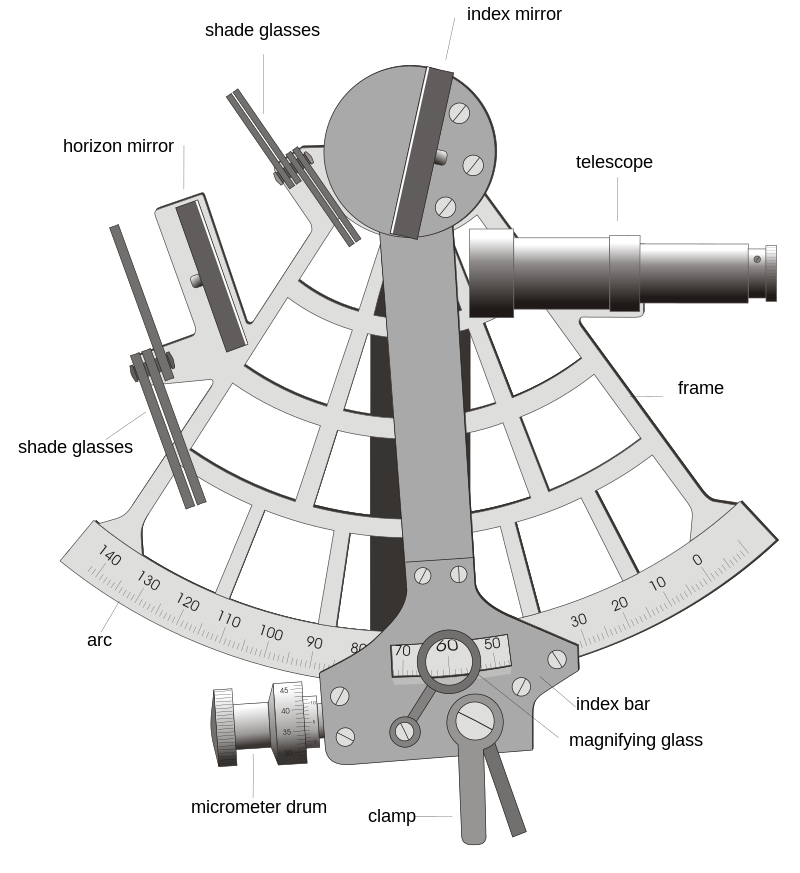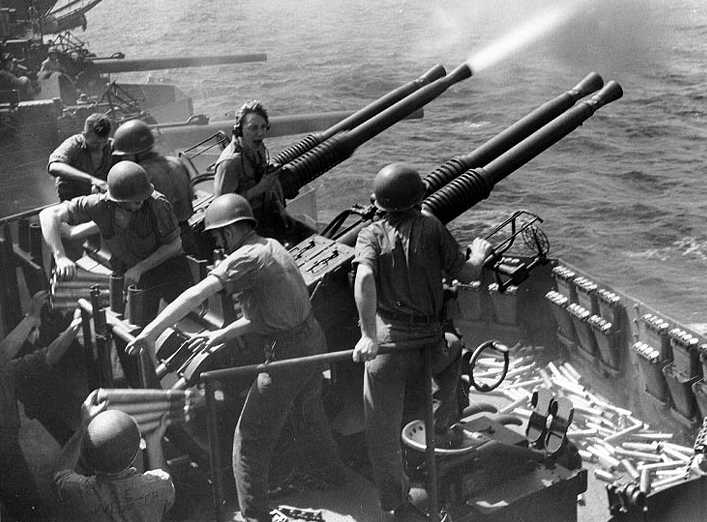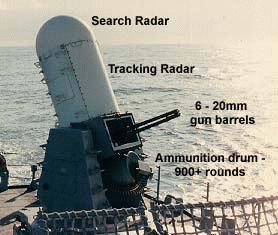
"Marine sextant" by Joaquim Alves Gaspar - own image. Licensed under CC BY 2.5 via Commons - https://commons.wikimedia.org/wiki/File:Marine_sextant.svg#/media/File:Marine_sextant.svg
At the U.S. Merchant Marine Academy, and all of the state maritime academies celestial navigation is a required subject for all deck officer candidates. In this age of electronic navigation a licensed American Merchant Marine Deck Officer must still master navigation by the stars since it remains a defining part of the Coast Guard administered professional licensing examination. The Merchant Marine industry doesn't fight this requirement despite the fact that they normally utilize far more accurate and less time consuming electronic methods of navigation including the Global Positioning System of low earth orbit satellites. The U.S. Merchant Marine readily acknowledges that electronics can fail, but cargoes must get through regardless. So by definition, instruction, and testing; every unlimited Merchant Marine Deck Officer is a celestial navigator of some reasonable competency.
Not so in recent years with Academy trained U.S. Navy commissioned "unlimited line" Officers. The decision to cut celestial navigation out of the curriculum in the late 1990s was met with disbelief by the veteran officers and chiefs. In combat, far more than in the routine movement of commerce, whatever could go wrong was bound to happen eventually and according to "Murphy's law", "at the worst possible moment. The level of acceptable accuracy in non electronic navigation has pretty much always been about 1.5 miles on an ocean crossing and plus or minus 200 yards in sight of the coast, inaccurate enough to get a competently navigated ship in highly restricted waters in serious trouble. Local knowledge in the form of coastal and harbor pilots helped reduce the negative effects of this less than perfect standard of accuracy. Yet for centuries before electronic navigation, mariners pursued voyages of thousands of miles and routinely arrived at their targeted and intended destination and returned again.
War ships intending to put lead on target also largely depended on a manual system of fire control for their main battery naval artillery. A "Mount Captain" supervised the gun crew which typically consisted of a "Pointer" who operated fly wheels to raise the gun barrel up and down and a "Trainer" who used a fly wheel to direct the gun barrel left or right. There were usually also ammunition loaders and passers on these "Crew Served" weapons. The art of such gun control over the centuries of its existence gradually rose to a level that fire control officers, and some cases Gun or Mount Captains, could use geometry to hit targets out of sight and over the horizon. The existence of the "bracket and halving" method of manual fire control tells us that sometimes in the heat of battle, under manual fire control, it took three shots to get the desired effect.

USA 40 mm/56 Quad Mount on USS Hornet CV-12 in 1945 U.S. Naval Historical Center Photograph # 80-G-413915 .
Navigation and fire control are related in war ships. The 90s were the culmination of decades of development in both. Naval "stand off weapons" no longer depended on "Kentucky windage" and bracket and halving but could be precisely programmed or even accurately guided to target. For the programmed weapons it was vital that the computerized guidance system had a precise starting point ( the ship's location) before the shot. The old plus or minus 200 yards could result in "collateral damage", tough sledding when facing modern enemies who liked to hide mortars and missiles near prohibited targets like schools and hospitals. So when electronic fire control became dominant, manual navigation and fire control became seemingly irrelevant. The old guard thought this exceptionally short sighted back in the 90s. Today reality dictates a second look at the objections of the old guard. But we think the second look now in progress back at the academy is only half the effort needed. We have to bring back more widespread knowledge of manual fire control to both the unrestricted commissioned line officer community and to the boatswain's mate and gunners mate petty officer communities. Why? In two words "THE SOFT KILL".
All of the modern navigation and fire control equipment operates in the "electromagnetic spectrum". Entire satellite constellations can be rendered inoperative without the use of kinetic energy weapons doing physical damage. Anything computerized can be hacked. A sexton or paper chart can't be hacked. Lose your GPS system and you can still get your ship on combat station. So the return of a short celestial navigation introductory course to the Naval Academy is one step in the right direction. However if your modern or near future war ship can't aim and fire its weapons without electronic fire control systems, what did our war ship crew accomplish by getting on station? How many missile systems come with hand cranks and leavers that can point and train the missile with no electricity. How will the future "rail gun" (electromagnetic pulse firing projectile) be fitted for fire control? Will any of our officers or fire control ratings be sufficiently trained in the geometry of "plunging fire" to take the known range of one of these modern weapons and the distance and direction of the intended target and come up with an elevation and train that can be hand cranked into the weapon system and deliver the fire power to the target plus or minus 200 yards?

The MK 15 Phalanx Close-In Weapons System (CIWS - pronounced "sea-whiz") is a fast-reaction, rapid-fire 20-millimeter gun system. Must we lose the ability to visually aim and fire the available rounds because we lost electricity?
We propose that if a war ship sets out on a mission and suffers a "soft kill" of its electronic systems, if it has the ability to navigate and control fire to the "manual standard of plus or minus 200 yards the crew is justified in conducting combat operations and the nation that soft killed the ship's electronics is responsible for the increase in collateral damage, especially if they are deliberately locating fighting positions near prohibited targets under the law of armed conflict.
So to today's Naval Academy powers that be we, the "old guard", say congratulations for bringing back some celestial navigation but that isn't nearly far enough. Line officers should be masters of both celestial navigation and manual fire control geometry. Acquisition programs should always include a requirement for manual pointing, training, and firing of any weapon. Naval tradition requires us to fight with a wounded ship, why should loss of electricity or even just artificially rendered inaccurate electronics cause us to abandon a mission and limp back to home port? With some skilled math and a bit of back and arm strength applied to fly wheels and leavers we should be able to aim and fire anything the designers put on our ships. Redevelop this capacity place the responsibility for reduced accuracy and resulting increased collateral damage squarely on those who extend warfare into the electromagnetic spectrum. Few enemies will spend a fortune on soft kill technology if an electromagnetic casualty doesn't stop a warships transit to station or its ability to fire shots. Let's get this idea into our designs and into our naval training classrooms.
Johnas Presbyter , Editor
__._,_.___
No comments:
Post a Comment